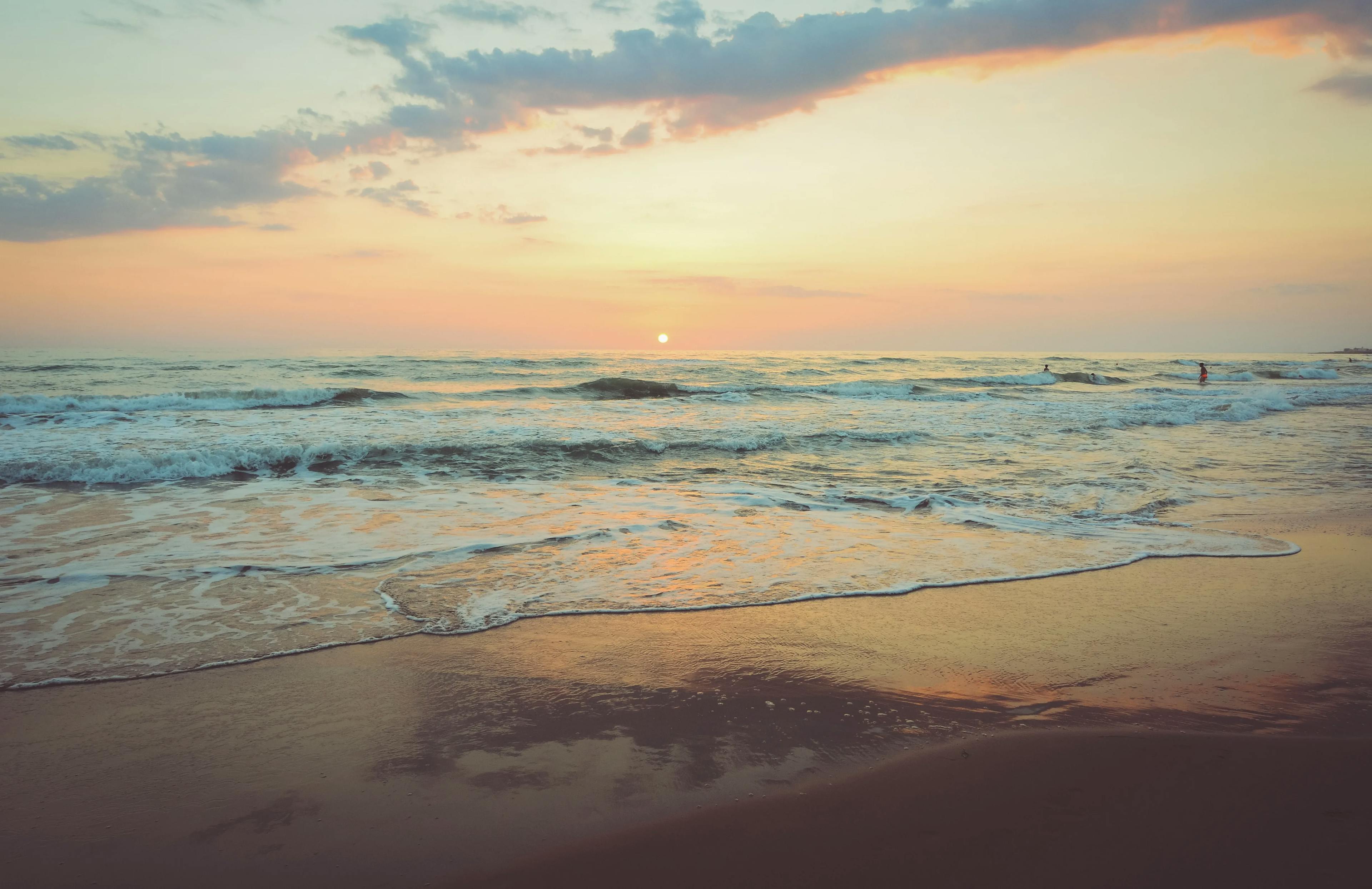Chadar Trek
Arrival and acclimatization in Leh (Days 1-2)Medical tests and rest day in Leh (Day 3)
Travel to Sumo, first view of the Chadar trek (Day 4)
Trek from Sumo to Tibb Cave, hike on ice sheet, frozen waterfalls (Day 5)
Trek from Tibb Cave to Nerak, frozen waterfall sighting (Day 6)
Return trek from Nerak to Tibb Cave, unpredictable ice formations (Day 7)
Trek from Tibb Cave to Sumo, reflection on local survival in harsh conditions (Day 8)
Return to Leh, potential stops at Sangam and Magnetic Hill (Day 9)
Departure from Leh (Day 10)
The Chadar Trek: 10 Days of Icy Exploration
Introduction
The Chadar Trek is the most exciting and finest winter trek in India as it gives adventure lovers the rare opportunity to walk on the frozen Zanskar River. This trek located in Leh – Jammu & Kashmir region offers breathtakingly beautiful icy terrains where you are walking on ice which is locally named as “Chadar,” when the river freezes during extreme winters. What makes this trek remarkable is the ability to walk on shifting ice, visit frozen waterfalls, and camp at high altitudes above 11,000 feet under severe cold conditions. The most fascinating aspect of this expedition is the opportunity that allows trekkers to walk on moving ice, see glaciers cascading down, and spend nights in open-air camps at altitudes higher than 3350 m above sea level. In addition to testing one’s stamina and venturing into the unknown, the Chadar Trek offers trekkers an opportunity to see isolated parts of Ladakh that remain untouched by man and experience the Himalayan winters.
Trek Altitude, Distance, and Trail
The Chadar Trek begins in Leh, a high-altitude desert in Ladakh, at an altitude of 11,400 feet, and the trek takes you as high as 12,500 feet. The trekking will take place over a total distance of 62 km within the span of nine days through the glacial river named Zanskar that has been recognized among the most beautiful and secluded pathways located in the Himalayas. The trek will take you through a frozen river where the Chadar is a naturally occurring path that alternates between sections of solid ice, semi-solid ones, and sometimes thin spots. The path is mainly comprised of icy surfaces that are inconsistent in texture and degree of roughness mixed with several stony stretches at different points. Even if it appears flat to some extent, its moderate to difficult rating stems from harsh weather conditions, erratic ice performance, and fatigue due to long hours spent walking on ice. As you progress along the route, you will see astounding sceneries, icy cascades, and caves that have served as natural homes for people. Hiking through this region is one of the rare opportunities that you’ll ever get to move across such a unique and difficult terrain while still keeping up with the bitter coldness that is endemic to Ladakh during winters.
A day-by-day breakdown of your 10-day Chadar Trek
The Chadar Trek is an exhilarating 10-day journey that commences with your plane landing in Leh at a whopping 11,480 feet where adjusting to high altitudes is extremely important. On Days 1 and 2, you will be resting in Leh and taking brisk walks for acclimatization purposes. The third day is reserved for meeting specific medical requirements which determine whether one can go on with this kind of hike or not. On the fourth day, we commence our excursion from Leh to Sumo (10,500 feet) by car which allows for a very enchanting view of the Zanskar River that is completely frozen. The actual trekking begins on day five where we will be walking twelve kilometers to Tibb caves at an elevation of about 10,950 feet and here you’ll see glaciers as well as magnificent icefalls. The sixth day ushers in a thirteen kilometers hike leading to Nerak positioned at an altitude of 11,100 feet where there is the popular Nerak Waterfall that remains frozen completely. At Nerak campsite trekkers have to stay overnight during extreme cold temperatures reaching -30 degrees Celsius. The return journey commences on day 7 when the unpredictable Chadar Trail opens up new paths while trekking back toward Tibb Cave. On day 8 you travel from Tibb cave back to Sumo enjoying some last sights on changing ice formations along the Zanskar river. Then finally you head back to Leh on day 9 equipped with new memories and experiences gained over the days spent there. Day 10 marks the end of the unforgettable Chadar Trek as you bid farewell to the frozen landscapes of Leh.
Weather Conditions and Best Time to Trek
The Chadar Trek is known for its extreme weather conditions, with night-time temperatures going down to -30°C sometimes. This extremely cold trek can only be done in the months of January and February when Zanskar River freezes fully and forms just one sheet of ice known as ‘chadar’. Harsh conditions make trekking surreal but also require good equipment as well as physical endurance. The frozen landscape, icy waterfalls, and shifting ice formations make the weather a key element that shapes the trek’s adventure, beauty, and challenge, offering a once-in-a-lifetime journey through Ladakh’s winter wonderland.
Maintaining the required fitness levels
The Chadar Trek requires physical fitness and stamina because of the cold conditions and difficult terrains. In order to be able to walk for long hours in freezing conditions, hikers need to be well prepared and be ready to walk on ice. Building endurance will include training exercises such as walking long distances, hiking or jogging, while cold exposure training, like spending time in cold environments, prepares your body for the low temperatures. Incorporating breathing exercises like pranayama can help to increase lung volume which is essential for trekking at high altitudes. In handling the high altitudes of the trek, to bring yourself the necessary adaptations is really important, as it helps reducing any chances of getting altitude sickness. Before beginning the trekking, it is wise to stay in Leh for two days for the body to adjust. Keep in mind to undergo thorough health tests before starting the trek, primarily in connection with heart and respiratory problems, to make sure that you are fit enough for the high altitudes during the physically challenging trek. Staying hydrated, eating nutritious meals, and following fitness routines will ensure a smoother experience on the Chadar Trek.
Permits and regulations
In order to experience the Chadar Trek, trekkers are required to have an Inner Line Permit (ILP) as well as a medical certificate indicating that they are fit enough for high-altitude trekking. These permits ensure for the safety of the trekkers and allow entry into the region. For hikers travelling with us, Backpackers United takes care of all the permits which will make their journey smooth. Furthermore, there are strict environmental rules set for trekkers who must adhere to the ‘Leave No Trace’ policy to ensure that no waste or harm is left behind in this untouched environment. This helps in conserving both the scenery and ecology of the Zanskar Valley.
How to reach Leh
It is more convenient to go to Leh by air, especially during the winter because road access is not possible. From Delhi, Mumbai, and Bangalore there are flights to Leh with daily direct flights from Delhi being the most common option. Flight into Leh is remarkable with amazing views of snow-capped Himalayas. Road travel during winter months is not advisable as Manali-Leh and Srinagar-Leh highways remain closed due to heavy snowfall. On arrival at Leh, trekkers must acclimatize for 2-3 days before going for any trek since the area has an altitude of about 11,480 feet. Initially, it’s important to drink enough water, keep meals light, and prevent rigorous exercises to get used to the new environment. Pre-trek acclimatization plays a big role in preventing altitude sickness meaning that you will take in little air and find yourself at a place where there is little oxygen.
Points of interest/highlights of the trek
In every detail, this trek is full of awe-inspiring highlights that will make the adventure unforgettable. The star of the trek is the frozen Zanskar River, which transforms into a thick sheet of ice during winter, creating the stunning "chadar" (sheet) that trekkers walk on. Scenic features along the way include fantastic natural ice formations — frozen rivers, waterfalls, and even ice caves — shimmering under the winter sun, hence creating a visual wonderland for the trekkers. One of the trek’s most iconic attractions is the Nerak Waterfall, which stands completely frozen in time. No words can describe the beauty of the waterfall, locked in ice which has left many trekkers speechless. On your way ahead, you will also get to see caves that have been used as shelters by the locals as well as those who intend to trek the areas. These caves serve as a much-needed respite from the cold and a peek into the survival tactics of the Zanskaris. The journey is particularly exciting for the nature enthusiasts. This is because it presents various chances to catch glimpses of relatively rare and rarest species of wildlife that include elusive snow leopards, agile ibexes as well as blue herds mastering ice cliffs. Natural beauty will further complement the rich Ladakhi culture in remote villages. Despite all this difficulty, the warmth of these locals will stay in your heart for your entire lifetime. You would never understand how they survive and follow their traditions in one of the remotest places on Earth. All these factors make the Chadar Trek a real adventure to the soul.
Challenges posed by the trek
The Chadar Trek is one of the most challenging treks, primarily due to the freezing temperatures, which can plunge to as low as -30°C. Coping with this extreme cold requires layering up with the right gear, keeping warm during the nights, and managing your energy efficiently to prevent exhaustion. Walking on the frozen Zanskar River presents another major challenge. The ice can be slippery, uneven, and sometimes fragile, making every step a calculated move. Ice breaking is a real risk, and trekkers must remain alert at all times to avoid unstable areas. Mental and physical endurance is essential. You’ll be trekking for hours each day in extreme conditions, so maintaining focus, strength, and stamina is key. Altitude sickness is also a concern as you trek at high elevations of over 11,000 feet. Staying hydrated and acclimatizing properly is crucial to reducing the risks involved.
Who can participate?
The Chadar Trek is highly recommended for experienced trekkers and adventure lovers who are looking for a challenging and high-altitude trek. Participants should be in good health with a high level of fitness so that he or she can tolerate long hours while trekking in extreme conditions. Participants who have a disease condition, or are accustomed to an altitude sickness might seek out the advice of a doctor to seek clearance before embarking on this trek. It is not the age but the fitness and mental toughness that matters. Trekkers must fall between 18 and 55 years of age. Adaptability would be essential in this trek that would tread on ice, face freezing temperature, and adjust rapidly with weather conditions. The trek demands not just strength within the body but a positive mentality to push through testing moments. A cooperative spirit plus safety priorities to ensure a wonderful time is one of the other reasons.
Ready to take on the ultimate winter adventure? Join our expert-led Chadar Trek and experience the thrill of trekking on a frozen river! Grab your spot in one of our group treks with exclusive package deals. For bookings and more details, visit Backpackers United or contact us today!
The following detailed itinerary provides a day-by-day breakdown of your exciting Chadar trek. From your arrival to the moment you return home, we've outlined your activities and experiences to make the most of your trek. Let's dive into the specifics.
The Chadar Trek is an adventure like no other. It takes a person on an incredible journey along the frozen Zanskar River in Leh, Ladakh. One would have to walk on thick ice sheets, nose-slide along slippery surfaces, and face extreme temperatures that go as low as -30°C. There are frozen waterfalls, such as Nerak Waterfall, an awe-inspiring ice structure, and remote caves in which locals take shelter - one might find all this on this trek across such a wonderful winter landscape. Along the way, you will perhaps catch a glimpse of some of the rarest wildlife, such as snow leopards, ibex, or blue sheep. This trek pushes the limits of your mental and physical endurance for spectacular views and the chance to experience Ladakhi culture in remote villages. The adventure is packed with challenges, camaraderie among fellow adventurers, and a deep, profound sense of accomplishment when you conquer one of the most thrilling treks in the world.
Guest house stay from Day 1 to Day 3 and Tent stay during the trek.
Backpackers United will accompany the entire trip, and local backpackers will join along the way.
Inclusions
- Accommodation: camping and Leh guest house(as per the itinerary).
- Meals when trekking (vegetarian).
- Trek equipment.
- Permits are required for the trek.
- First-aid supplies and an oxygen cylinder.
- Qualified and experienced hike leaders, guides, support personnel, and logistics.
- Transport from Leh to Tilad Do and back.
Exclusions
- Airfare to and from Leh
- Airport pick-up and drop-off
- Food/beverages in Leh
- Personal expenses, including medical and travel insurance.
- Any emergency or evacuation charges
- Mules or porters to transport personal luggage.
- Tips, laundry, and phone calls.
- Camera Fee Expenses for extending your trip due to bad weather, road conditions, or other reasons.
- Anything not explicitly included in the section "Trek Inclusion".
Transparency is our priority. Here’s what you need to know:
- Once a flight is booked, it is non-refundable.
- A minimum of 8 travelers is required for group departures. If the group size falls below 8, travelers will be offered an alternative option or the opportunity to join the next available batch.
- In the event of unforeseen weather conditions, labor strikes, government restrictions, or any other circumstances beyond our control, certain trips or activities may be canceled. In such cases, we will provide alternative feasible options, but please note that cash refunds will not be issued.
- For international bookings, a 5% GST plus a 3% booking fee will not be refunded under any circumstances.
| Duration | Cancellation Charge | Booking Amount | Remaining Amount |
|---|---|---|---|
| 45 days and above | Free Cancellation | Refunded to the Source of Payment | Full Refund |
| 30-45 days | 50% of the Trip Amount | Adjusted in Refund Deduction | Refund (minus) 50% of the trip amount |
| 15-30 days | 75% of the Trip Amount | Adjusted in Refund Deduction | Refund (minus) 25% of the trip amount |
| 0-15 days | 100% of the Trip Amount | No Refund | No Refund |







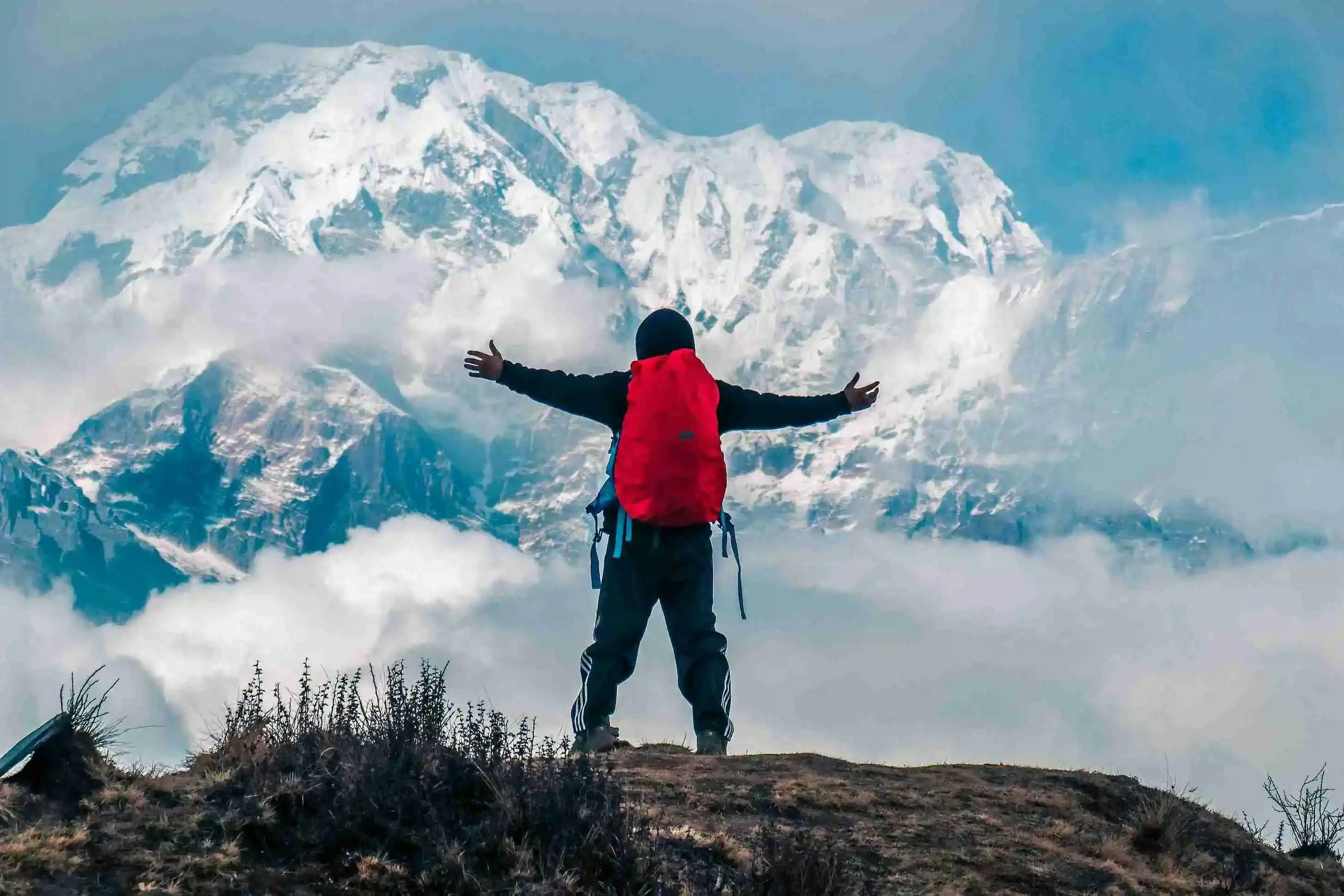




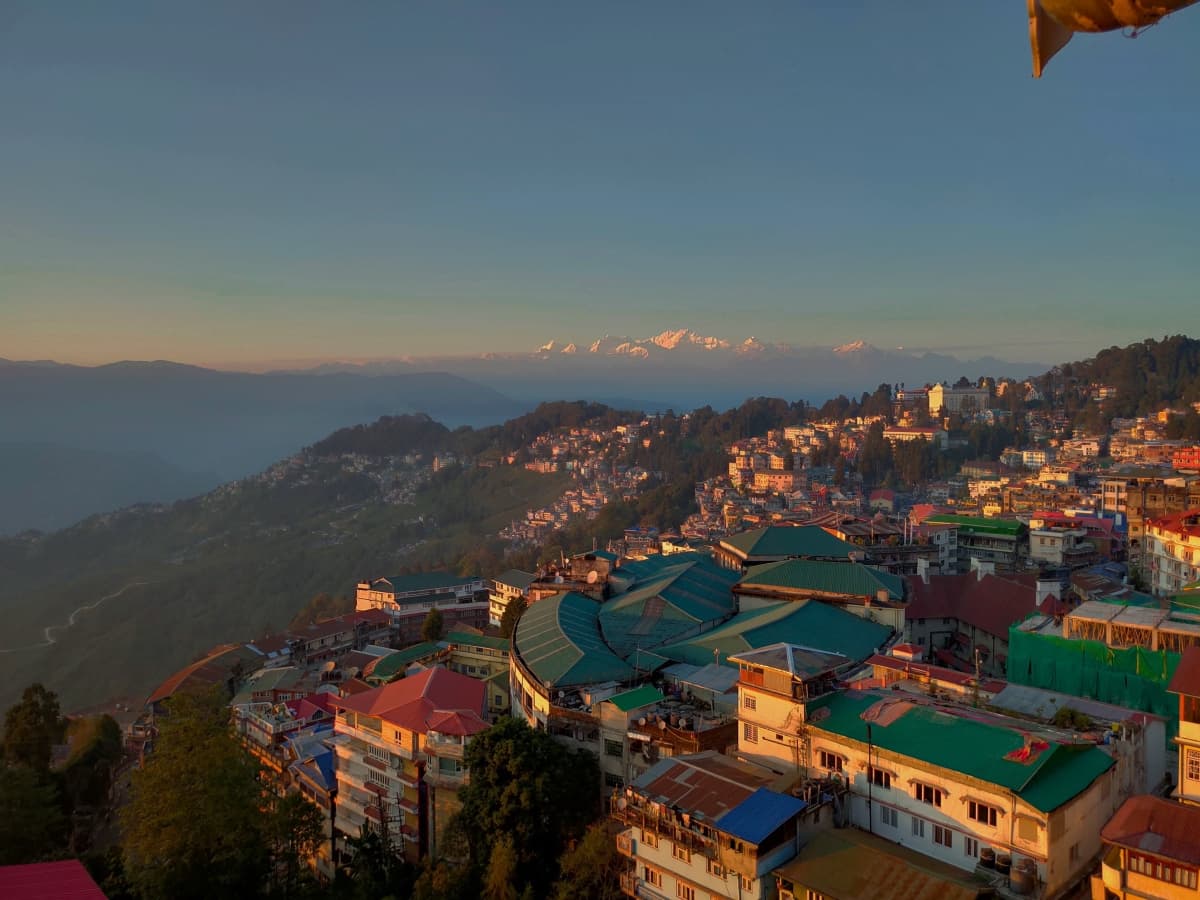


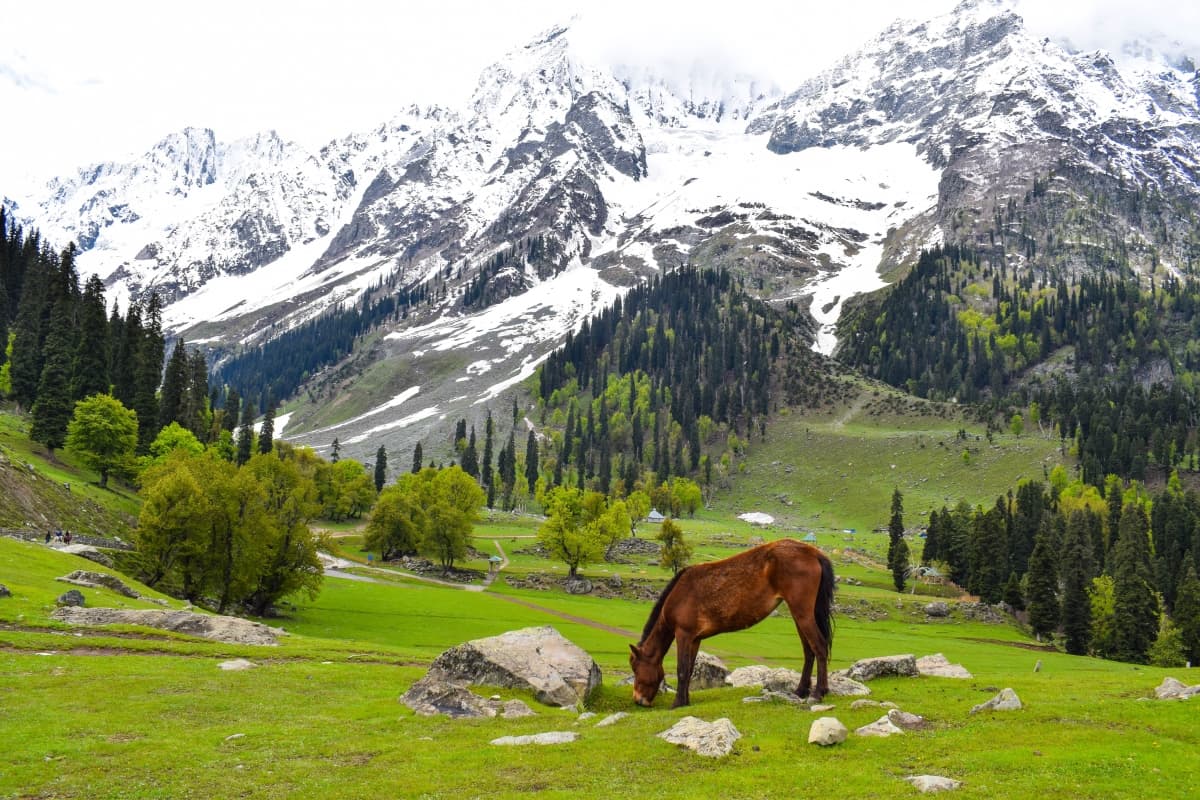
.webp&w=3840&q=75)

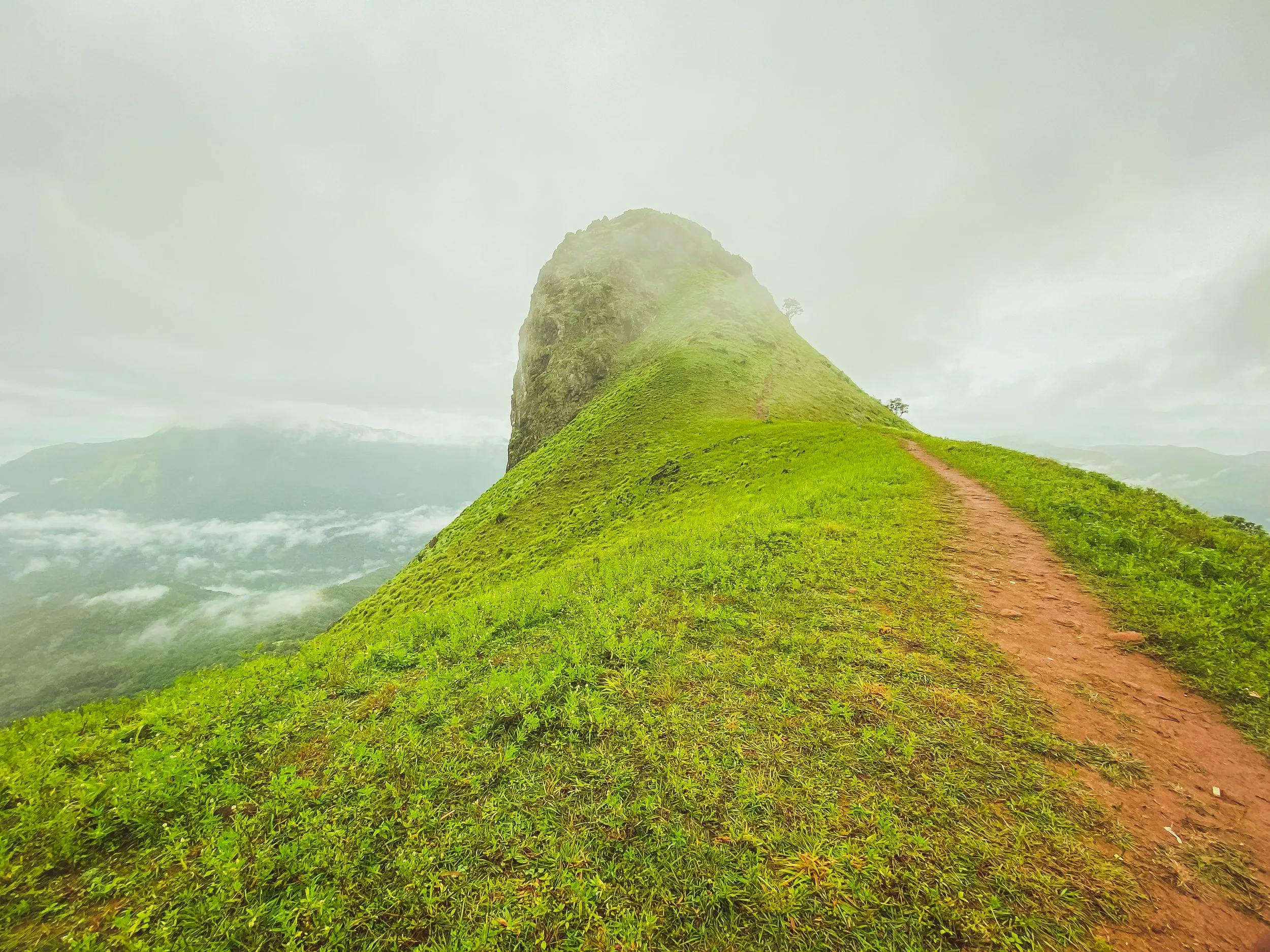





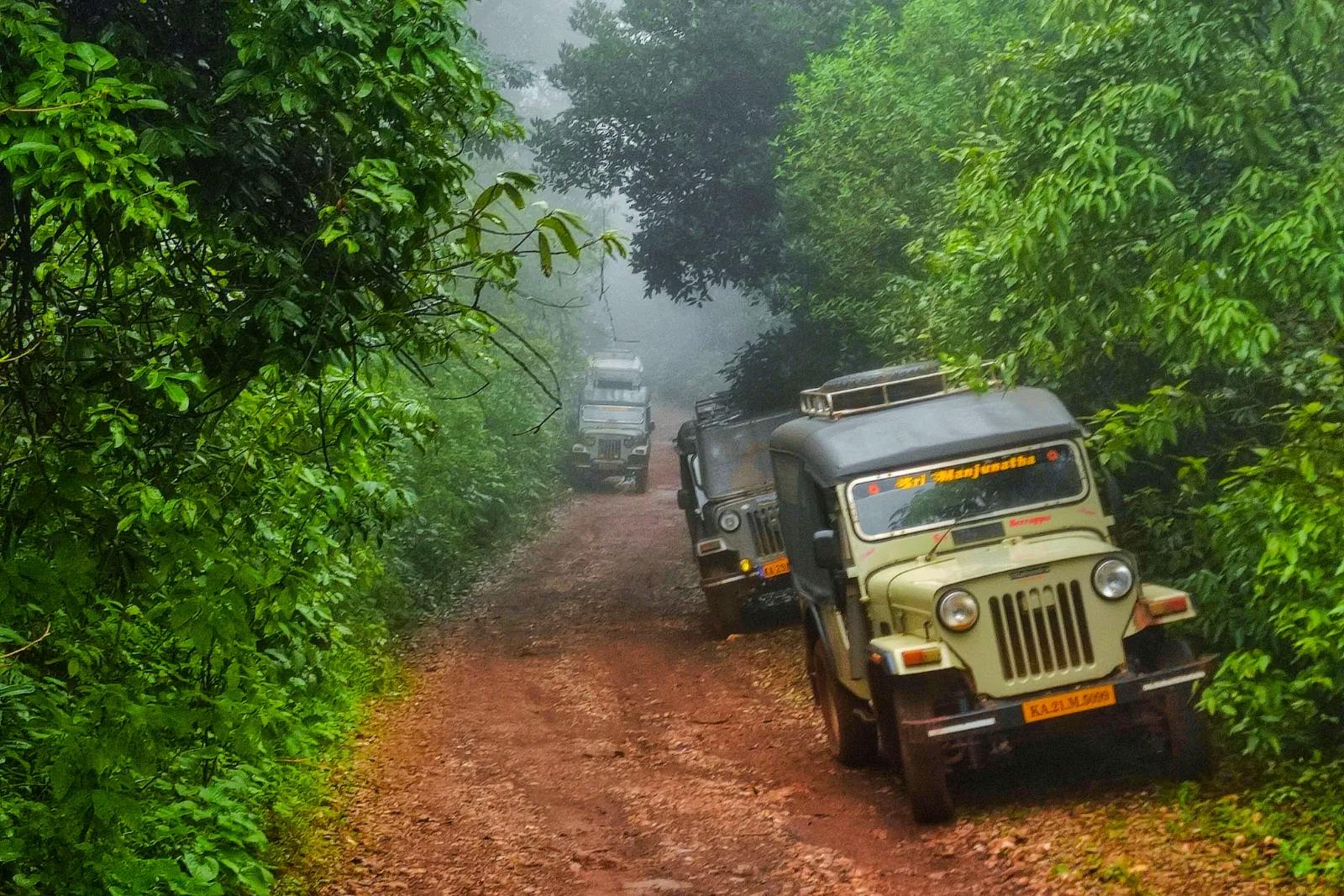
.webp&w=3840&q=75)
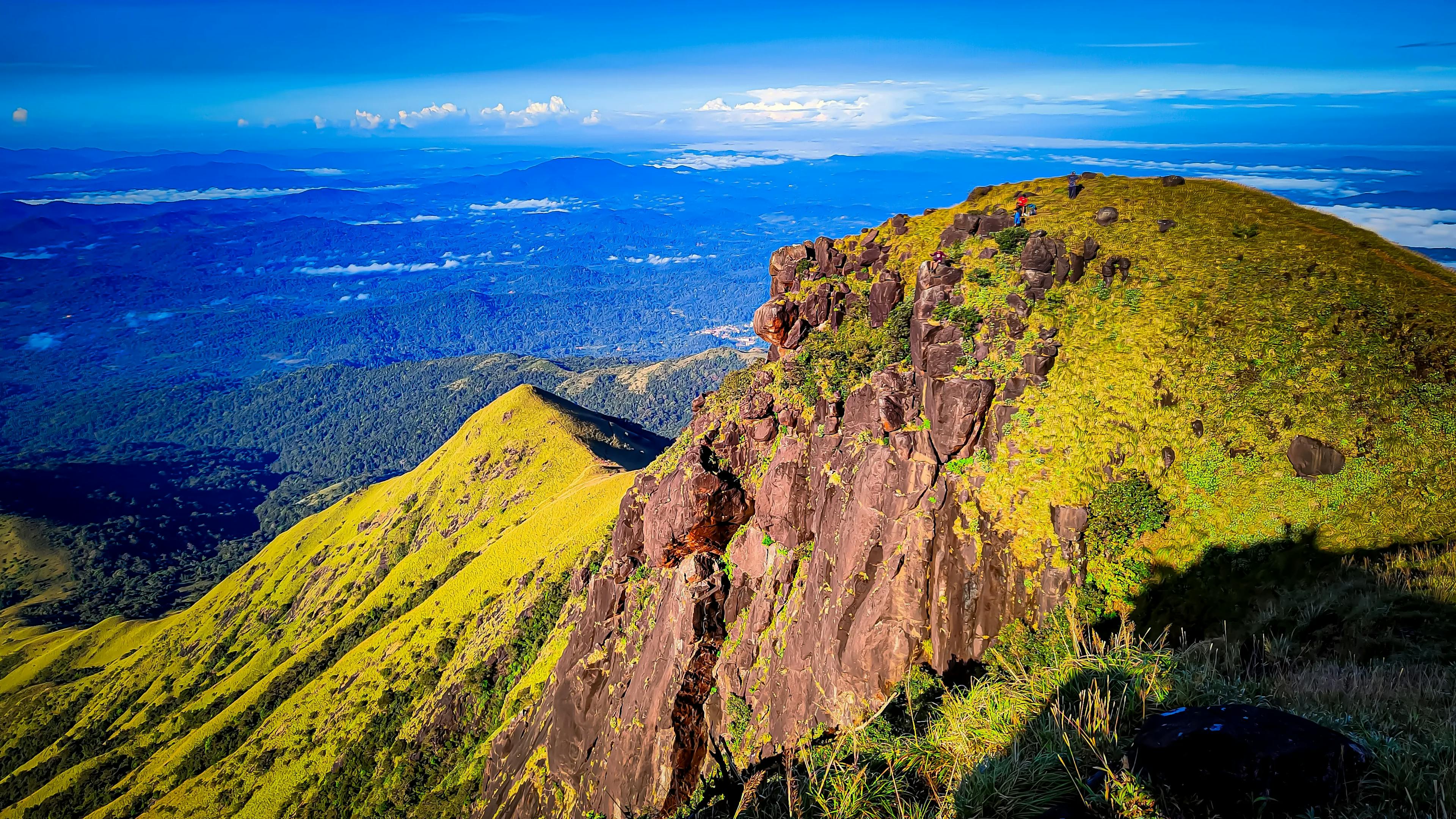
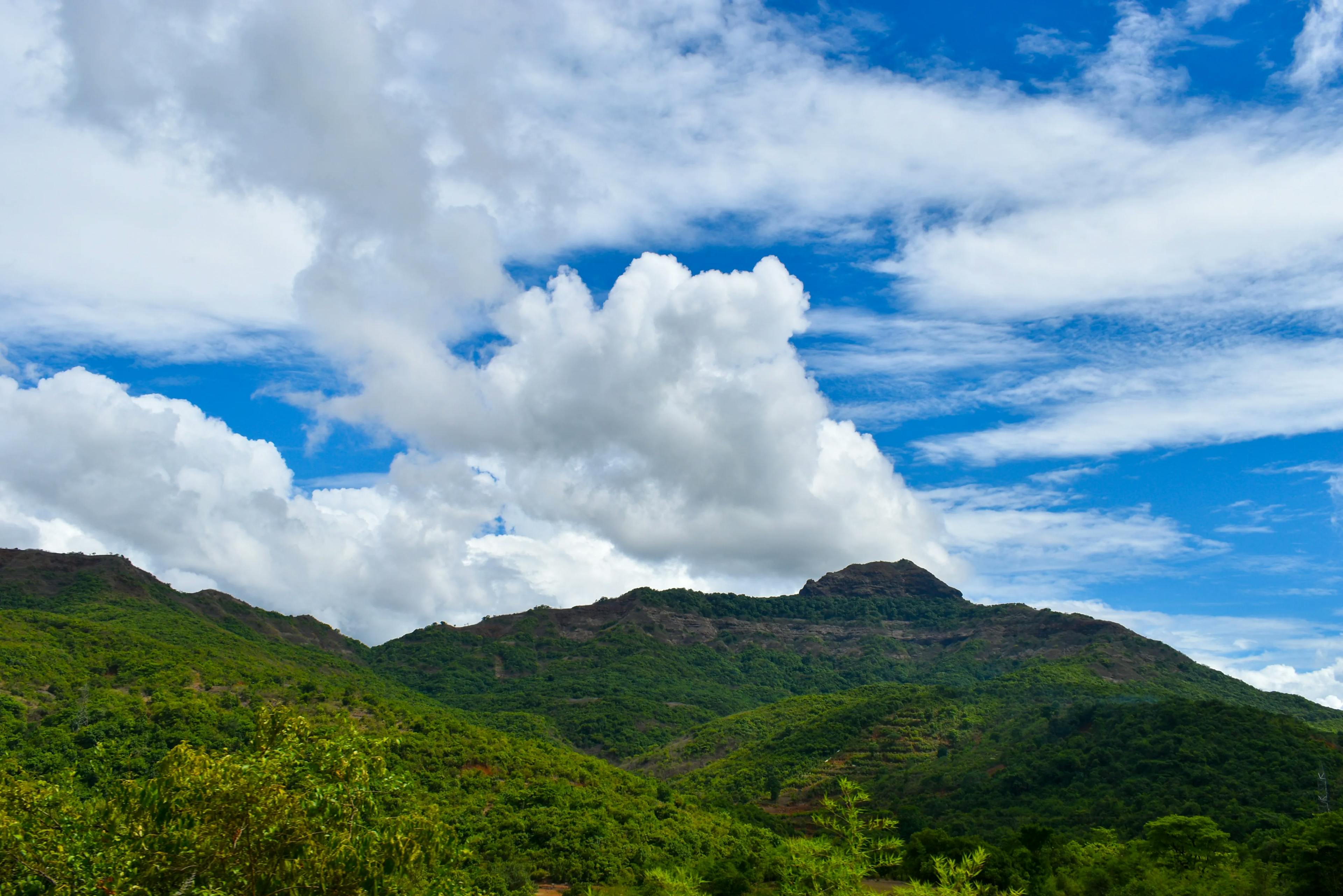

.webp&w=3840&q=75)
_11zon.webp&w=3840&q=75)
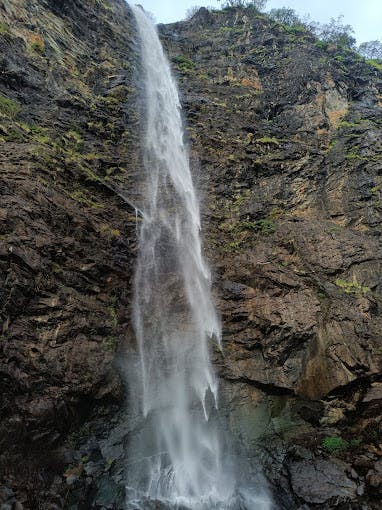
.jpg&w=3840&q=75)

